The inaugural Reading Walks Festival took place over five days in May and was such a huge success that it’s now been firmly placed onto the town’s calendar as an annual event. We were invited to attend and with over 40 guided walks taking place and most of them free, we were spoilt for choice.

To encourage people to leave their cars at home most of the walks were designed to start and finish at bus and/ or railway stations. Reading is extremely well served by public transport and easily accessible from most places. Fast trains from London take just 30 minutes and since the Elizabeth Line’s opening, Freedom Pass holders can travel all the way from Central London to Reading free of charge for a lovely day out. The idea behind the Reading Walks Festival was to tell the stories of Reading, both past and present, combined with walking for its own pleasure. The walks ranged from hour long short strolls to a two day pilgrimage with walks being led by knowledgeable volunteer guides with interesting facts to share along the way.
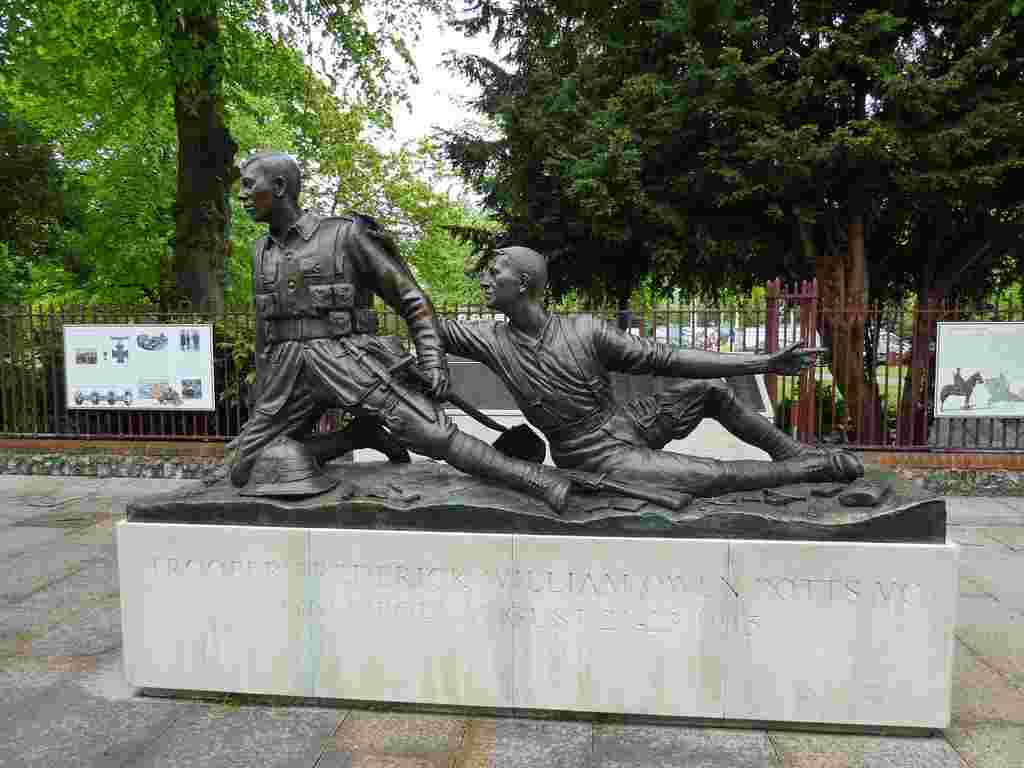
Topics covered included nature and wildlife walks, tracing the early life of poet Wilfred Owen, re-discovering a lost railway line, dipping into the history of the local brewing industry and even walking along the route of the iconic No.17 Reading bus. The longest and most strenuous of the walks was to follow in the footsteps of medieval pilgrims on the St. James’ Way.
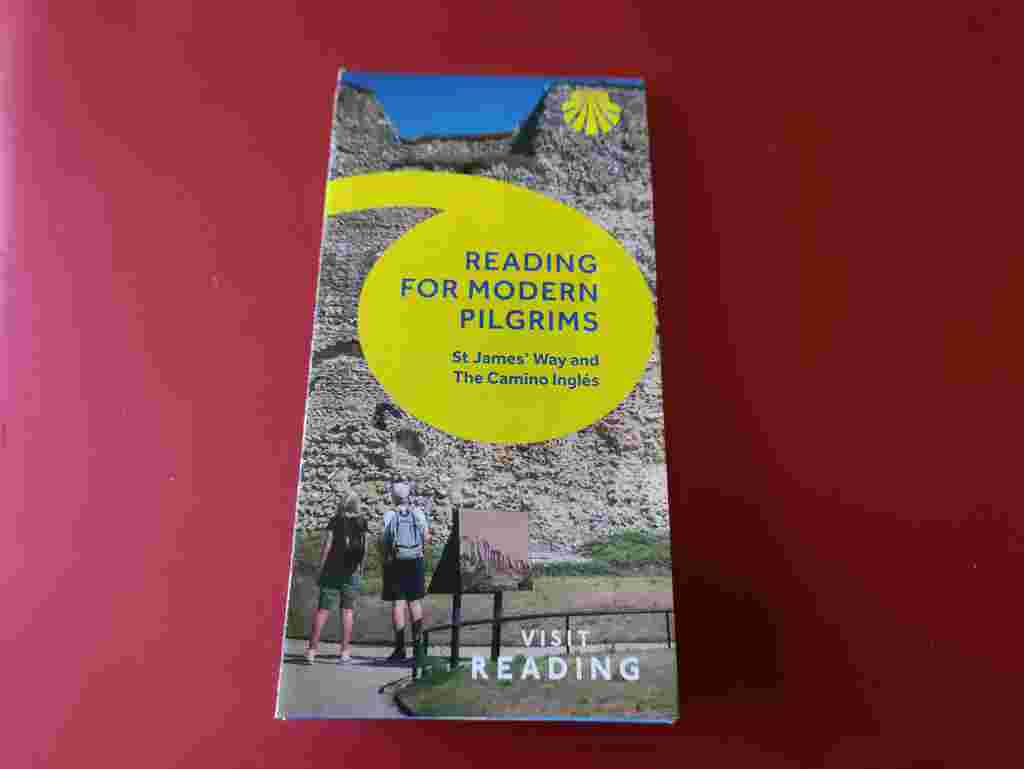
This newly waymarked long distance walking trail retraces the steps of medieval pilgrims from Reading to Southampton as part of the Camino Ingles (English Way) which is one of the routes of the world famous Camino de Santiago in north-west Spain. Over 500 of the iconic ‘Camino’ scallop shell way-marking signs have been installed along the entirety of this route from the departure point at Reading’s St. James’ Church to the final destination at God’s House Tower in Southampton. More details of the Camino can be found here.
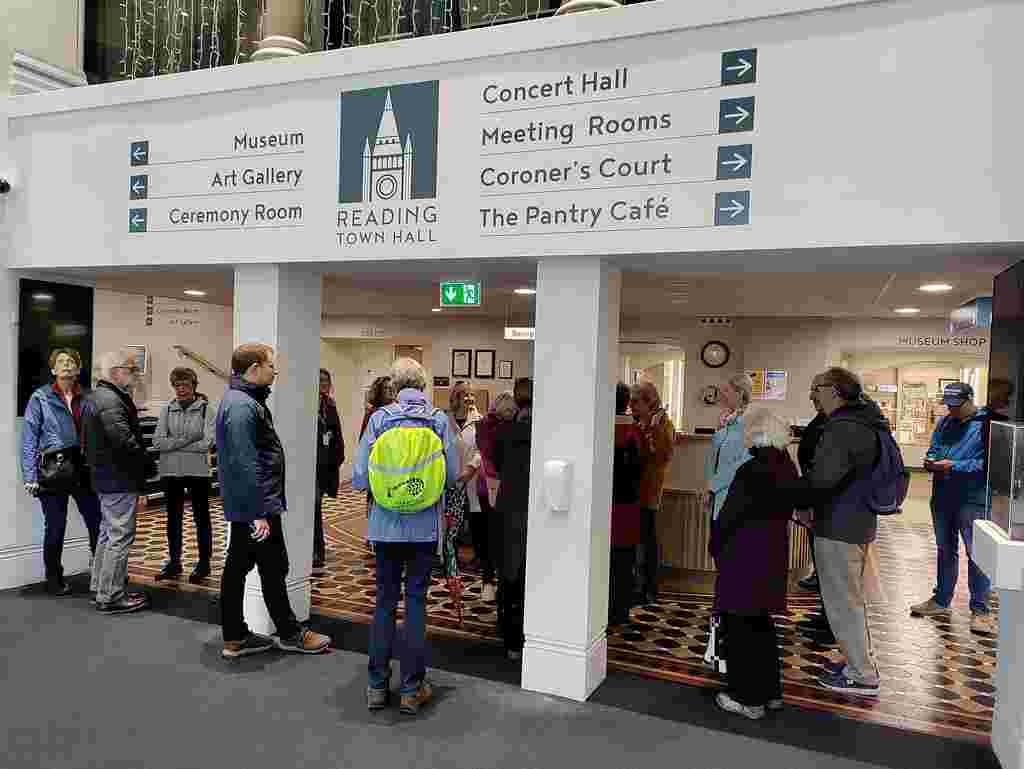
The first of the two walks that we signed up for was entitled ‘From Bosses to Banksy’ led by Elaine Blake, the art curator at Reading Museum. This 90 minute walk started from the foyer of Reading Museum and once everyone’s names had been checked off we ventured out onto the streets of Reading pausing first to view a statue of Queen Victoria in the square outside the museum.
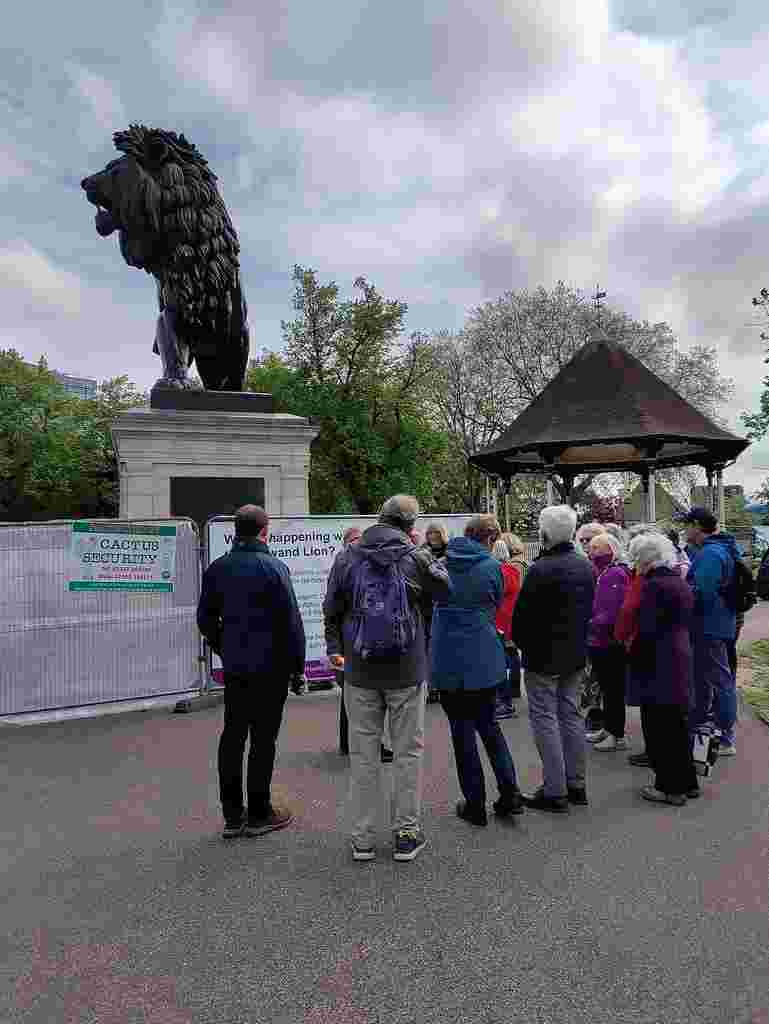
After learning the significance of the statue we continued a short distance into the Abbey Quarter to explore the Reading Abbey ruins with their 900 years of history. Continuing, we visited the Victorian pleasure gardens close by. These gardens are home to Reading’s larger than life Maiwand Lion sculpted by George Simonds. Our guide explained that the monument had been erected as a memorial to the men of the Berkshire Regiment killed in Afghanistan in the nineteenth century.
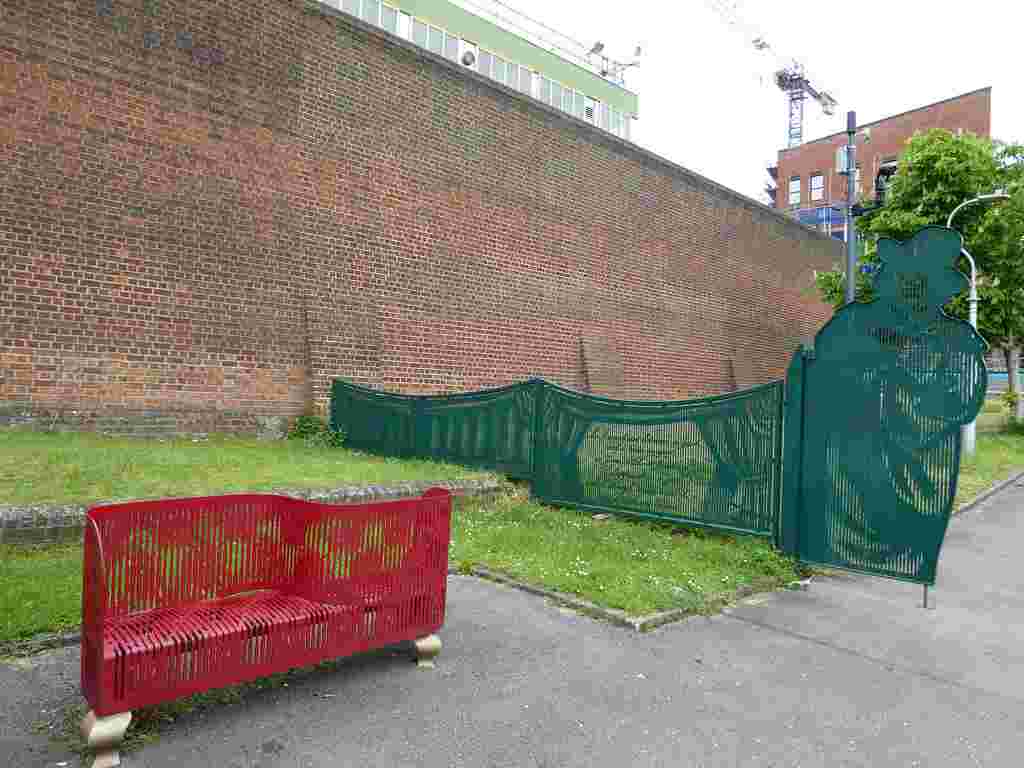
Moving on again a short distance, our morning walk led us to the high brick walls of the former Reading Gaol where Oscar Wilde was imprisoned for two years. A short walking path alongside the banks of the River Kennet has been created there in his honour. The walk begins with a figure of Wilde on one half of the open green gates. Etched along the metal railings are the words ‘Oh beautiful world’, which were Wilde’s first words when he was freed from gaol. Bright red Oscar Wilde love seats and a bench constructed to be the exact size of his prison bed are also located at the scene.
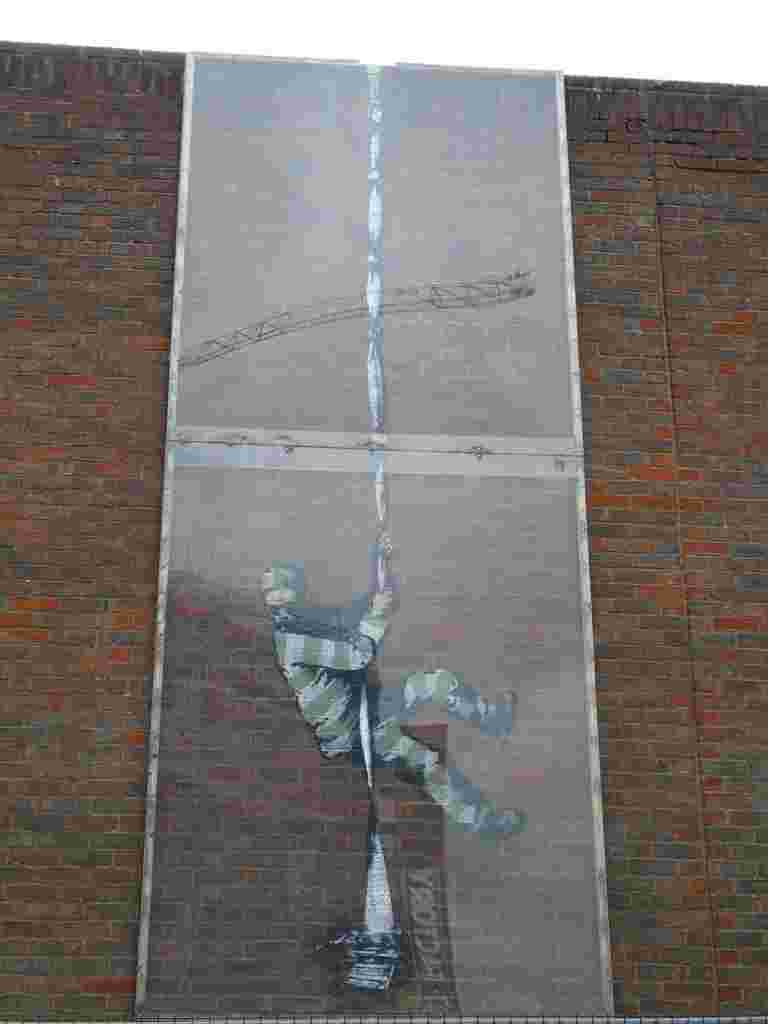
Along the prison wall there is a Banksy mural entitled Create Escape which first appeared in March 2021 depicting an inmate dressed in a striped black and white outfit. He appears to be lowering himself down the high red brick wall using a long sheet of twisted paper weighted by a typewriter. Several more significant modern and historic pieces of public art were brought to our attention and despite it starting to rain during the latter part of the walk everyone seemed to enjoy it and find it worthwhile.
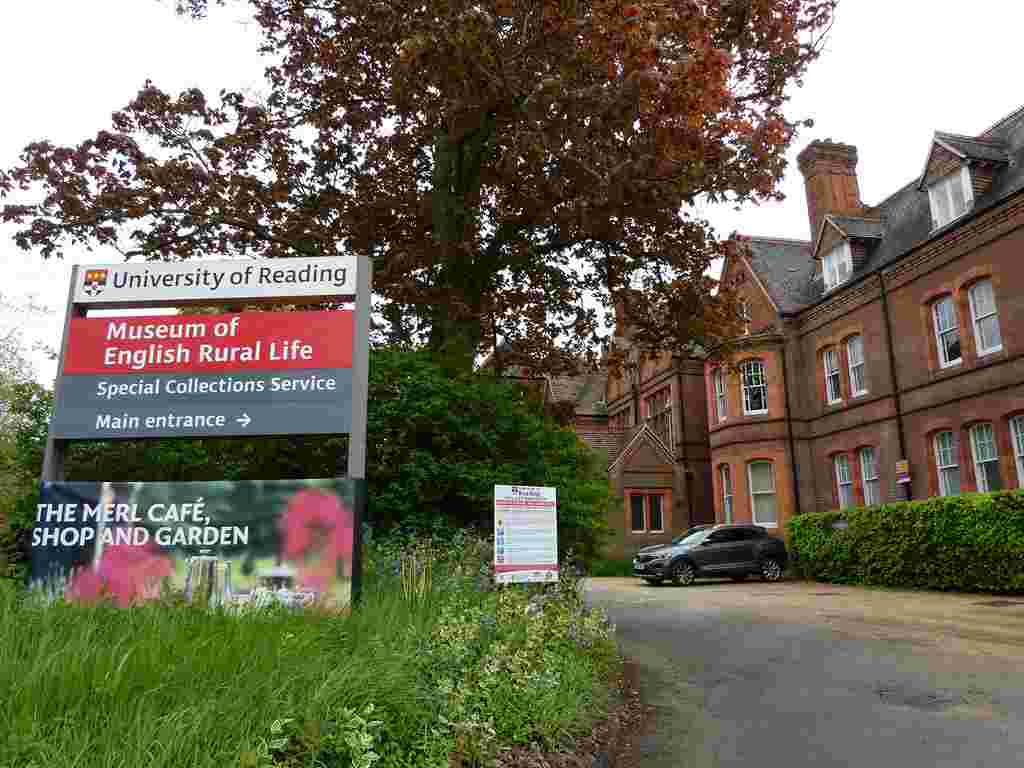
Our second walk took on a different style as it was a mindfulness walk involving sketching and stretching. As I always seem to be rushing around this was something that I was particularly looking forward to. The two hour session took place at the Museum of English Rural Life (MERL), a fifteen minute walk or a short bus ride from the town centre.
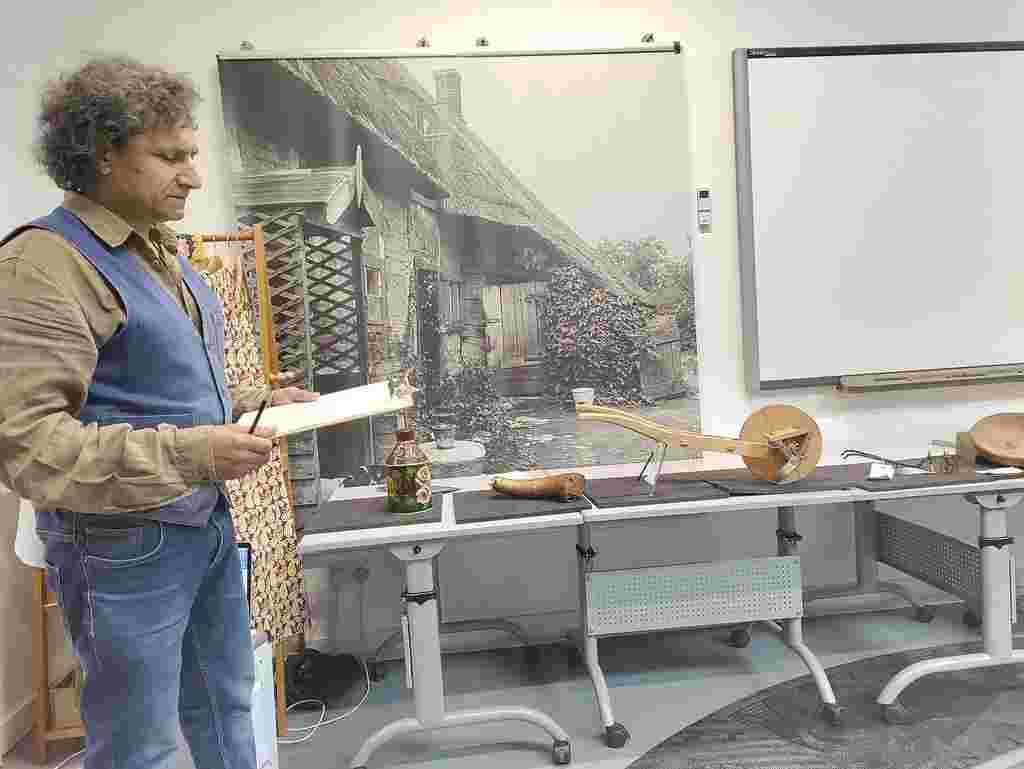
Our guide, Saranjit Birdi, an artist and arts in health practitioner led our group of 16 through a range of mindfulness techniques using objects from the museum collection and garden for inspiration. We had a go at sketching and writing and with the help of Saranjit unleashed our creative talent whilst connecting with the museum’s artefacts.
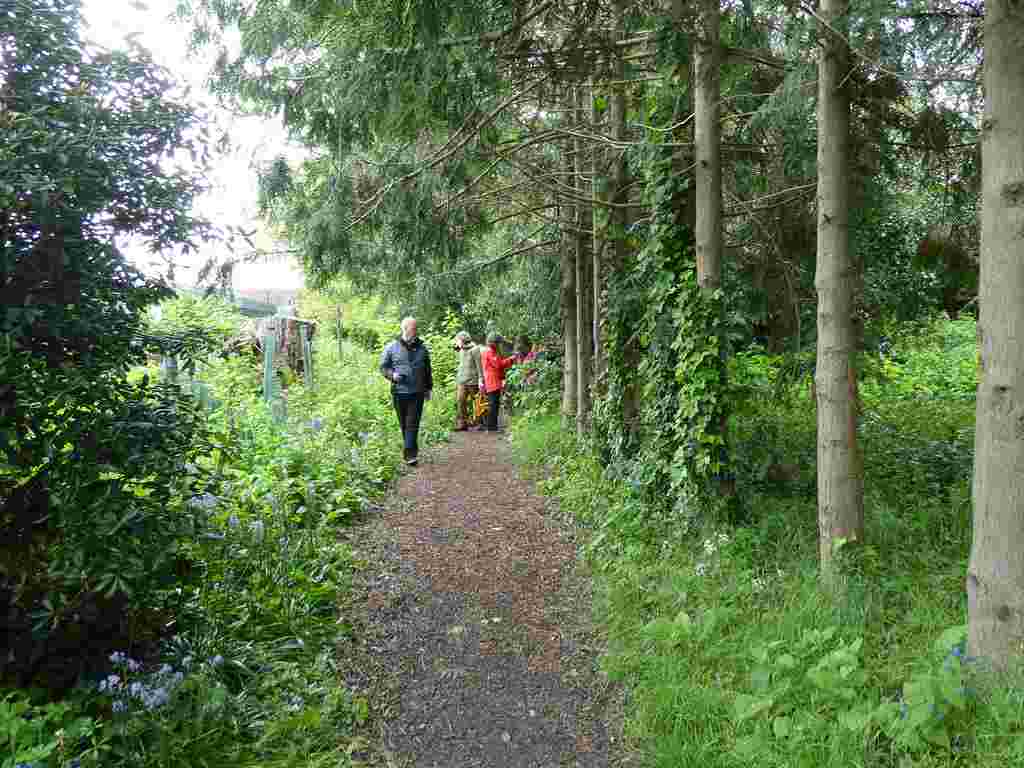
Following this activity, we then moved outdoors to connect with nature and to enjoy a leisurely woodland walk through the museum’s tranquil gardens. The session concluded with some deep breathing and stretching exercises in the herb garden.
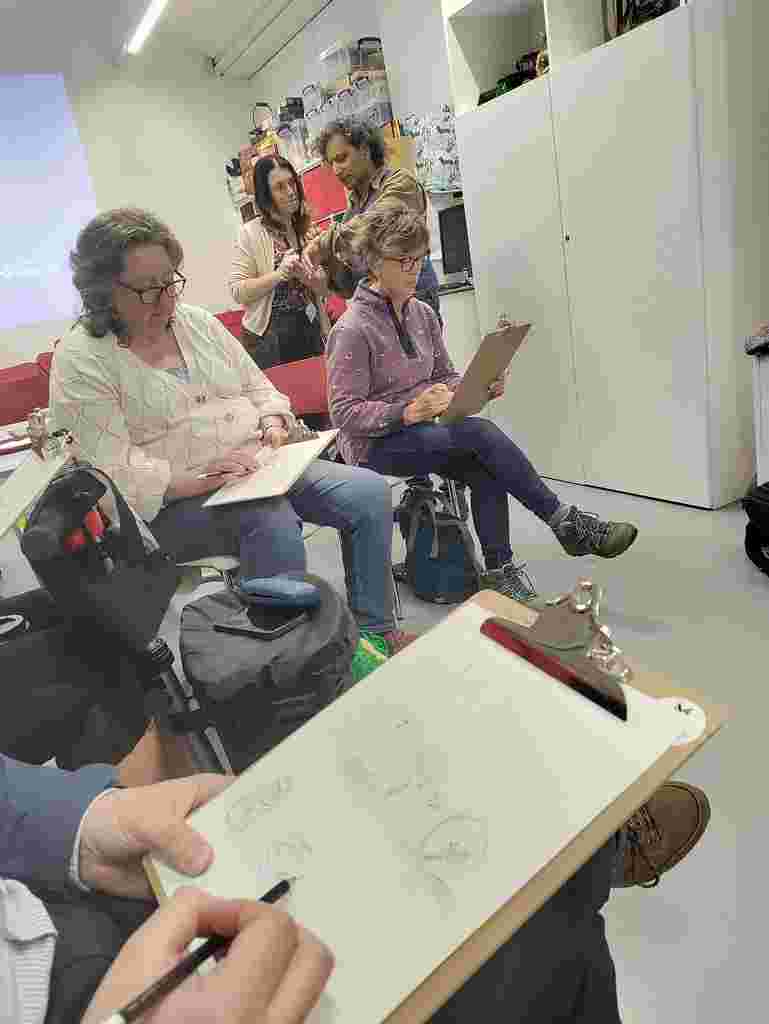
Chatting to the group members afterwards, it was clear that everyone had enjoyed the activity and with a wide range of ages including one lady seated on a mobility scooter, it was inclusive and benefitted us all.
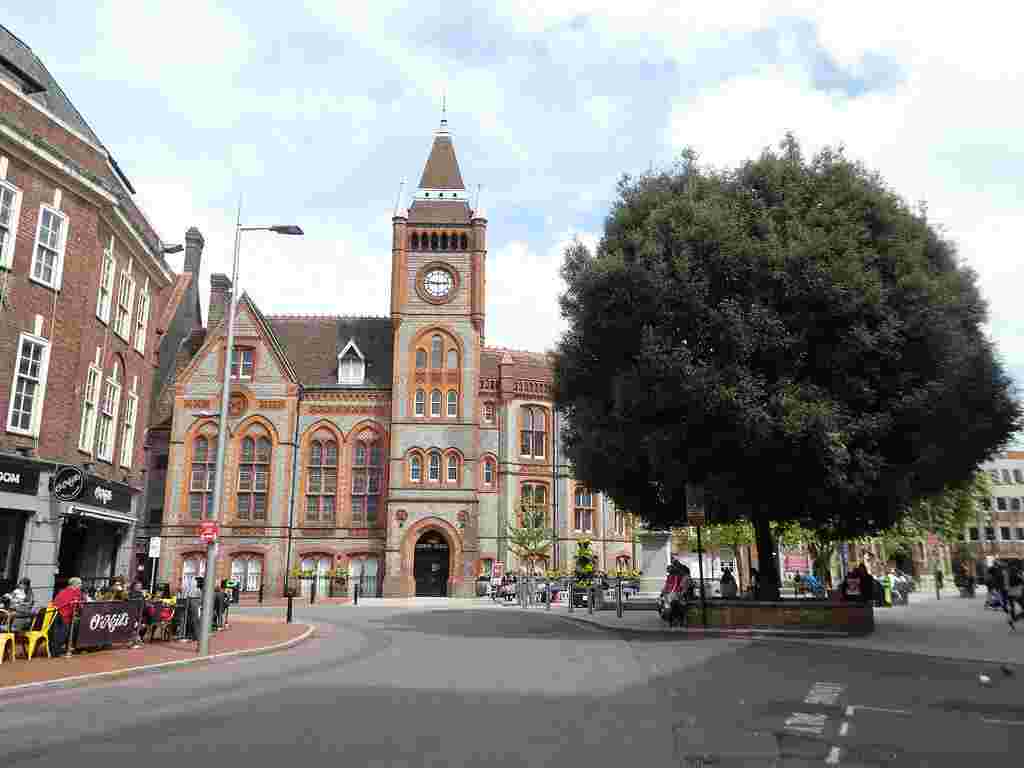
Reading is an attractive town located on the River Thames with something for everyone from riverside walks, boat trips, museums, probably the best lido in the country, great shopping, restaurants and bars.
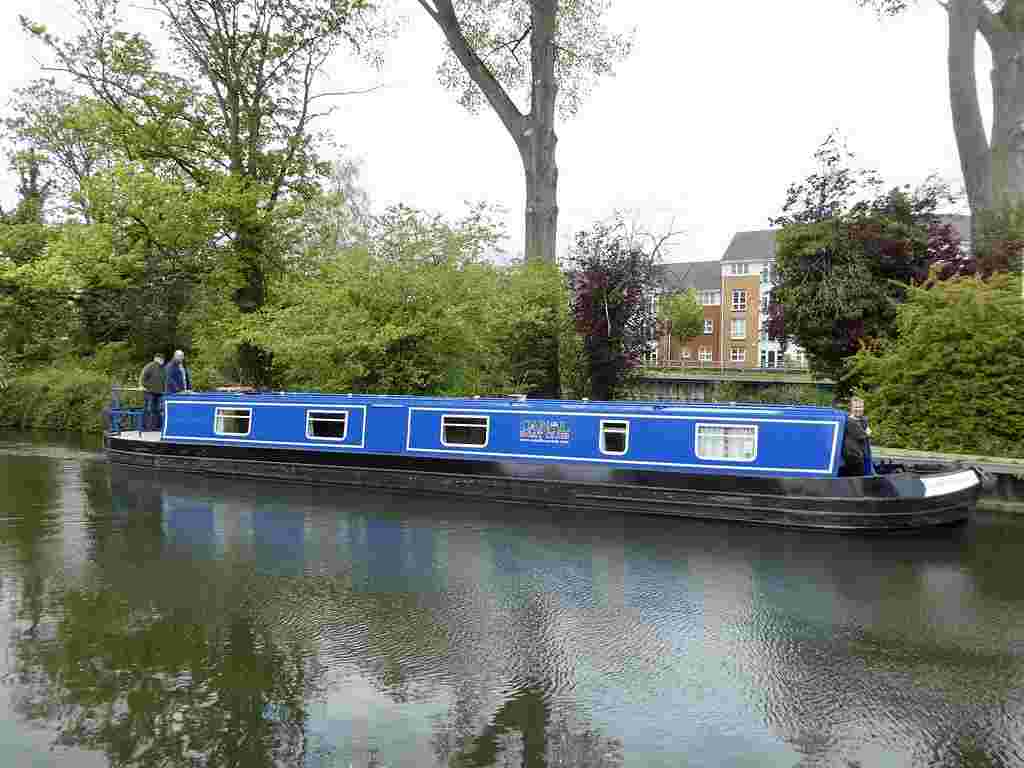
With accommodation to suit every budget ranging from the five star Roseate Hotel to Premier Inn’s and self catering apartments, it’s a lovely place to spend a weekend.
If you have enjoyed this post you may also like:
Odiham and the Basingstoke Canal
Reading: – A Walk along the Thames
During our visit we were guests of Visit Reading, and as always, all views and opinions are entirely my own.
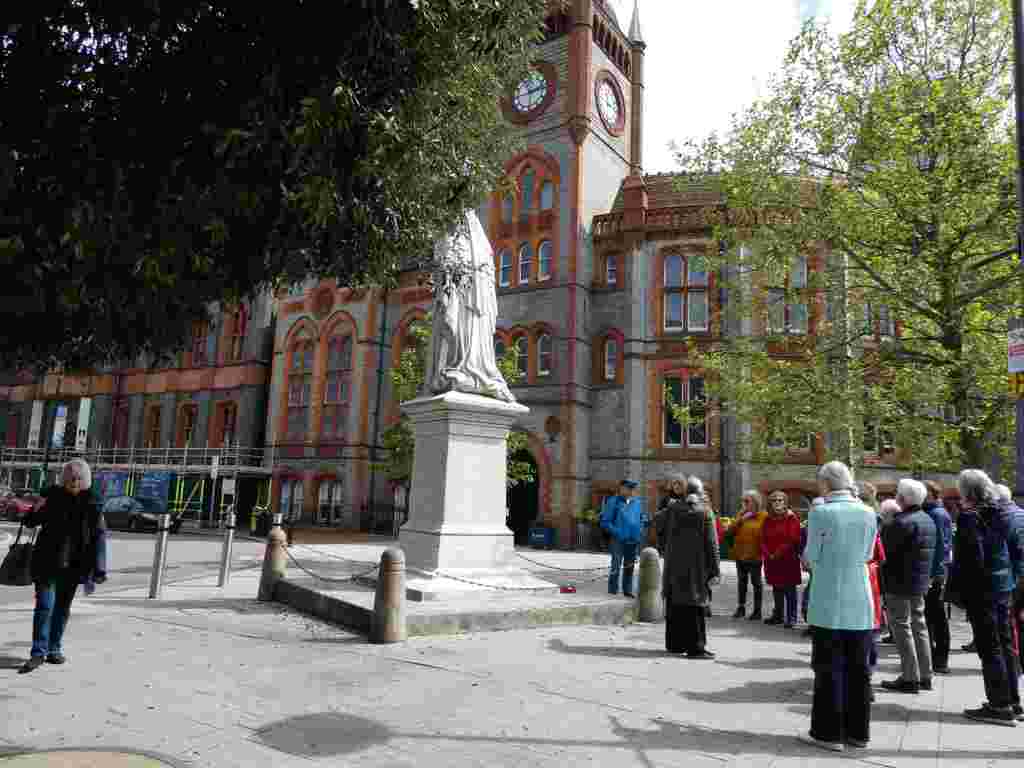

Leave a comment